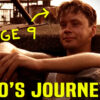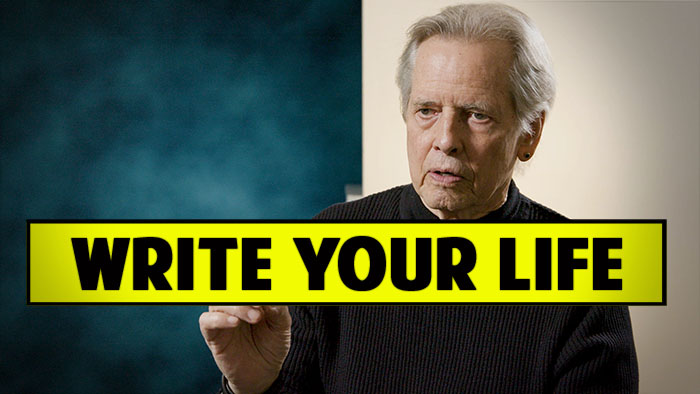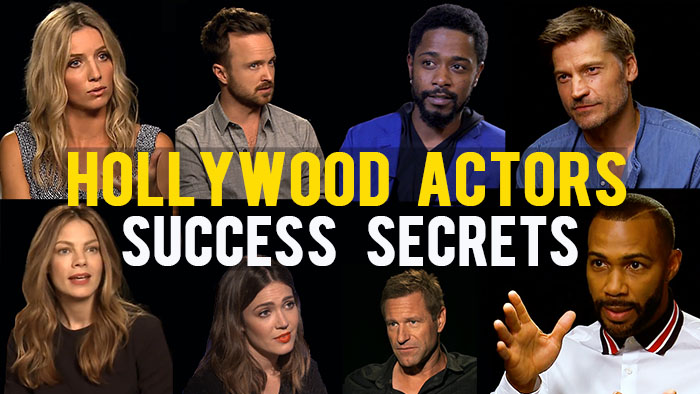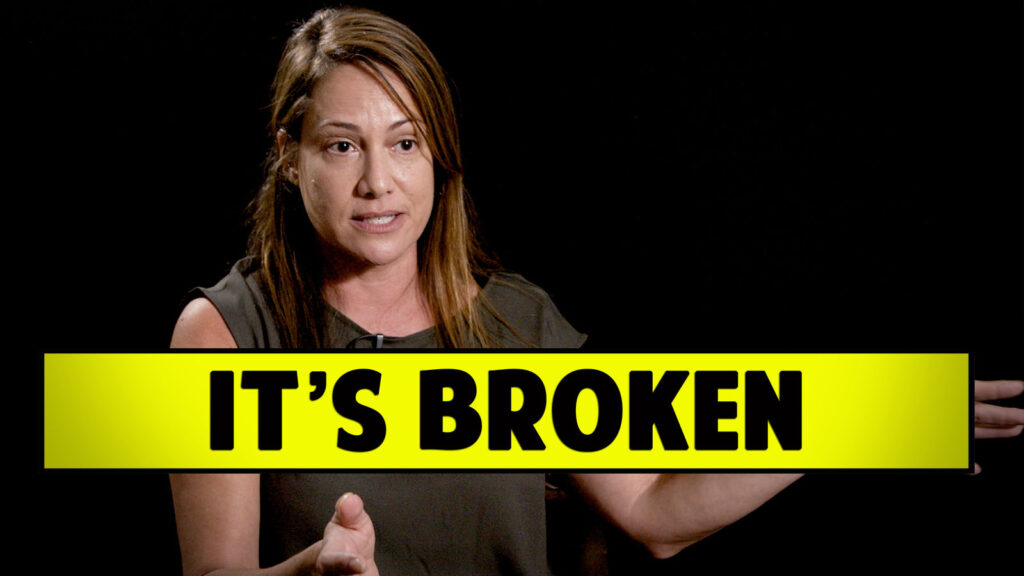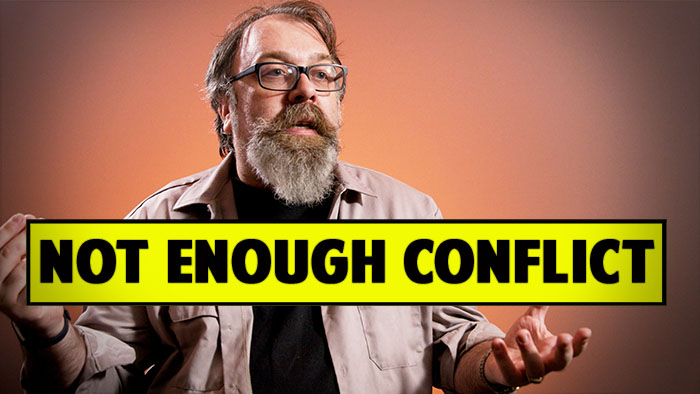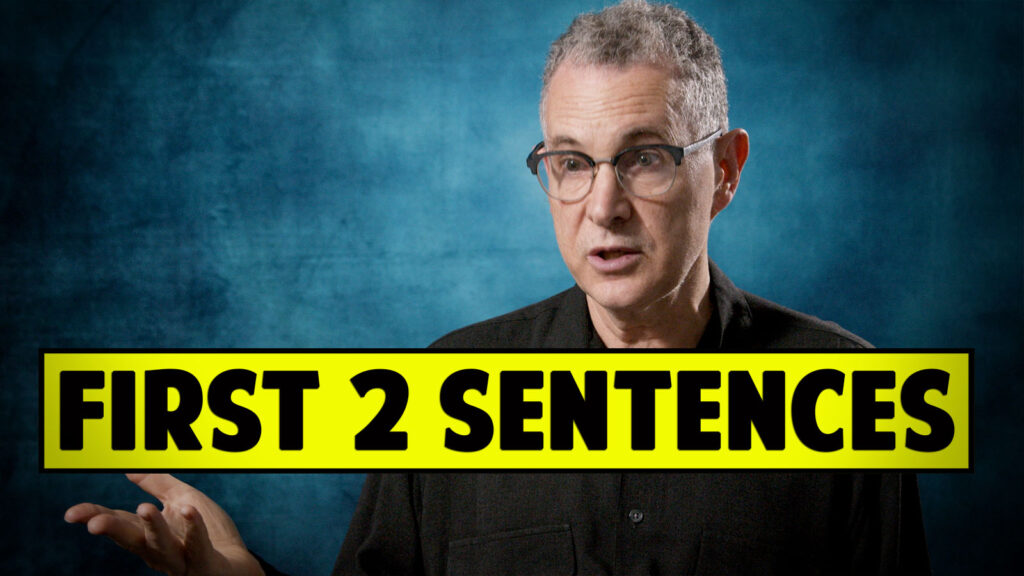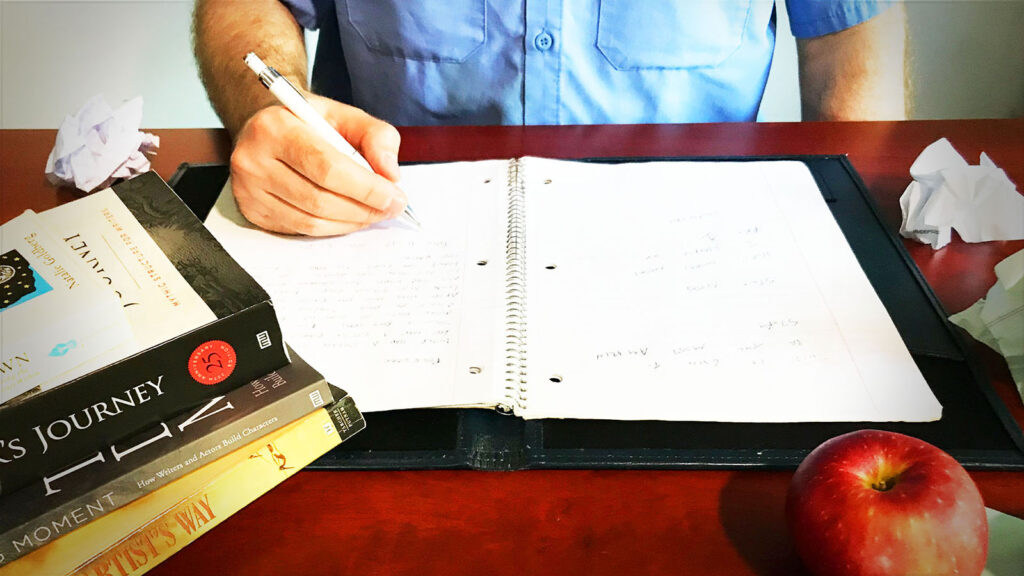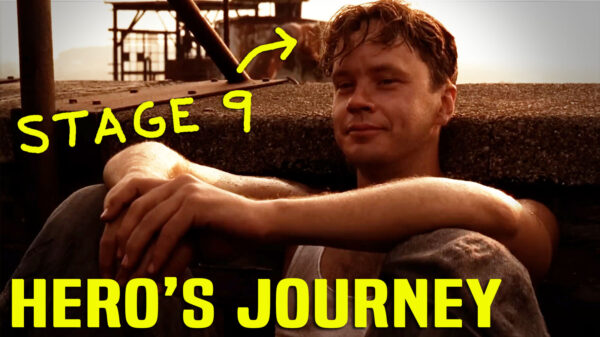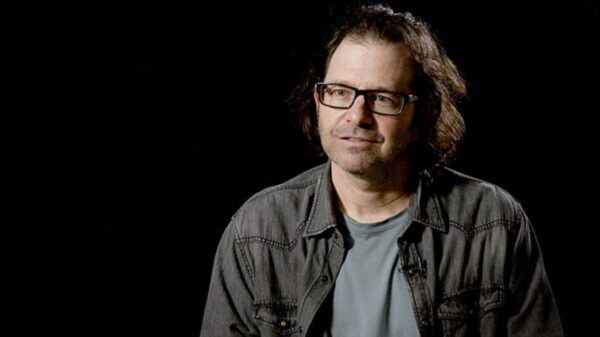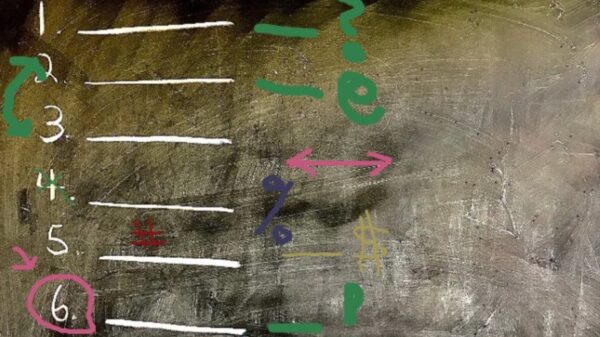
This group of Film Courage videos spotlights authors and filmmakers on adaptation, getting a book deal, and other story tips to help ease every author into the reality of a dream come true.
Keep. Writing.

Watch the video interview on Youtube here
UCLA Screenwriting Professor, Richard Walter: No writing is easy but it’s easier once all the heavy lifting has been done. Once you’ve written a screenplay, you know who the characters are you know almost all of the dialogues (certainly a lot of the dialogue, most of the dialogue). The story is all worked out, you have…merely to write it. I pause on merely because there is nothing mere about writing. But it easy to just put the words on once you have all of the incidents of the events and the anecdotal stuff worked out and then it becomes a question of description…(Watch the video on Youtube here).
Essentials of Screenwriting: The Art, Craft, and Business of Film and Television

Watch the video interview on Youtube here
Luke Davies: So they came to me “Here’s this book, what do you think?” That was how it happened and I read this book and I was like “What do I think? This is like a beautiful fairy tale with elements of nightmare and redemptive qualities. It’s like a myth. And what I think is I really hope I get this job!” I’m going to try and write a structure and hope I’m the one you guys want. And I got it! And then it was really fast. “Luke, congratulations you’ve got the job. Jump on a plane, Saroo [the books author] is in India. He’s going to show you all the real places where everything happened. The train station, the orphanage, his home town, the dam, the station, the platform, the rain tank and most of all…I met his mother, his biological mother and spent a few hours with her which was an extraordinary experience…(Watch the video on Youtube here).
A Long Way Home: A Memoir by Saroo Brierley

Watch the video interview on Youtube here
Peter Russell: A literary book is all about the interior mind of someone. That’s very difficult to turn into a visual story. But commercial fiction like GONE GIRL, I mean that’s always going to make great movies but again, it has to fit the genre. We teach a lot of novelists and we tell them frankly look we’re going to fit you into this commercial structure of what we call The BMOC which is the character is going to be asked to change in these crescendos at this point, at this point, at this point. Now if you don’t want to do this, that’s cool. But what you’re going to get from that is a character the changes and a character who changes visibly. And this is amazing, we’ve had novelist who (literary novelist) come in and they don’t really want to be there (their agents have asked them to come to change their story) but when they understand the rhythm of a commercial movie…(Watch the video on Youtube here).

Watch the video interview on Youtube here
Film Courage: And you would hear them [the women working at NASA] speaking to you, in your own way? In your research that you did on them….did you hear their voices?
Margot Lee Shetterly: I did! It’s so funny that you asked that question. I found myself talking to them, having conversations with them and dreaming about them, and thinking about them. I looked at photos of them to see what they looked like at different parts of their life. I listened to their children talk about the gestures. Like Dorothy Vaughan. When she got upset would start putting her finger on the table and everybody knew to back off, you know? And that she was really, like a fearless kind of a woman. I knew all of these different things about them until I felt that they had really come back to life and that they were my friends. And they really were. They become my companions. Of course in the case of Katherine Johnson, she is 98-years-old and she is very much still with us. And I had an incredible privilege to spend time interviewing her and getting to know her life firsthand…(Watch the video interview here on Youtube).
Hidden Figures: The American Dream and the Untold Story of the Black Women Mathematicians Who Helped Win the Space Race by Margot Lee Shetterly

Watch the video on Youtube here
Phyllis Nagy: I read the novel obsessively, maybe four or five or six times, just quickly. Make a bunch of notes that I then never, ever refer to ever again. I just write things down. It’s a bit like rote memorization maybe? That you take this stuff in, maybe by osmosis. And then I go away and I’ll do something else, I’ll go to a bunch of baseball games or I’ll watch TV or I’ll go to Vegas, something for a few weeks. And then I come back and if I’ve got say ten weeks to do something, I’ll use eight of them in other ways, I won’t even think about it and then I’ll sit down and I’ll write from page one until the end very quickly, without stopping, without revising and without shuffling scenes around. There’s something about a structure for me, arriving at how something begins and ends provides…(Watch the video on Youtube here).
The Price of Salt by Patricia Highsmith

Watch the video interview on Youtube here
Kyle Patrick Alvarez: My approach to him was one to really respect that which is I want to take this specific story, I didn’t want to make a David Sedaris movie necessarily, I wanted … of course that was part of the appeal because I admire him so much but it was this story, I felt it stood on its own, I felt is could stand on its own away from his identity. His family aren’t characters in it, they’re not portrayed on screen. So you have all these elements that I thought would lend him to appreciating that and he did. What he sort of communicated to me was go do what you need, like make your own movie, go do what you want to do with it and he didn’t really influence it or want to influence it. He’s not really interested in…he loves films, but he’s not really interested in the filmmaking process. And so I really took that to heart that quote of his, I just sort of ran with it and said “Okay, I’m making a movie that he happens to have written. I’m not necessarily….(Watch the video interview on Youtube here).

Watch the video on Youtube here
Film Courage: Novel structure versus screenplay structure? How are they different? How are they the same?
Jennifer Brody: I think that there is a lot of similarities between them. When I teach writing I tend to actually reference screenplay structure.
The difference would be that screenplays are much more rigid in terms of the First Act which is usually the first 30 pages or so, the Second Act, Midpoint and then how long a script can be. It is much more rigid in terms of the way they’re structured. Where with the book you have more leeway. The word count can vary. The page count can vary. And then, exactly when you are hitting these big moments can also vary.
Novels can also get away with being more episodic. Which is to say one thing happens, one thing happens, one thing happens, it’s not always building. Whereas in a film you can’t really do that. Or if you do, I think you are a lot of times in trouble because it’s not really building into something that’s a climax. With most films you are looking at 90 minutes, 2 hours really at the most. I know some films go longer but usually it doesn’t work out well. I think you just have a lot more leeway. But that said I really believe that books benefit from having a lot of the same things in place…(Watch the video interview on Youtube here).
















